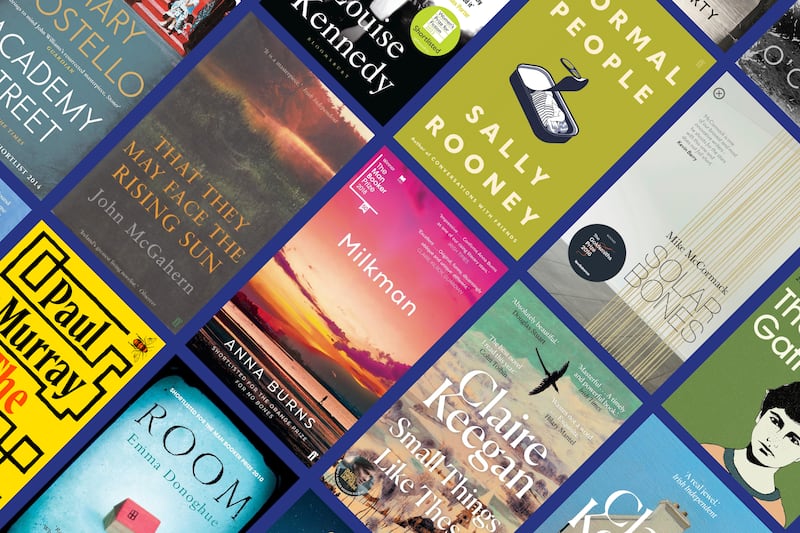While novels about the complexities of teenage life are a mainstay of the literary world, books about the year or two that precedes that period are thinner on the ground. In his debut, Michael Amherst, winner of the 2020 Hubert Butler Essay Prize, approaches this subject with skill and sensitivity.
Daniel, the 12-year-old narrator, is a studious lad, more comfortable with books or in the art room than on the sports field. He has a growing consciousness of his body, his place within the hierarchy of his schoolmates, and is confused by his interest in a new pupil, Philip.
The novel opens with humiliation, when Daniel’s father loses his job and becomes a farmer, leading the boy to become ruthless in his study of his parents and what he perceives as their multiple and embarrassing flaws.
Many of the novel’s scenes are set within the classroom, and one almost sympathises with his art teacher, Mr Miller, at having to endure Daniel’s endless questions. When he expresses a liking for Constable’s The Hay Wain, Miller demeans him, refusing to accept that a painting so literal should be praised over something more abstract.
However, it’s in a later scene that the man’s malevolence becomes more sinister. Studying the preteen boys before him, he compliments those who he believes will have no trouble finding a girlfriend before turning to Daniel and saying that “it will not be easy for you. You will always struggle” and then accusing him of having a lack of “sex appeal”. I was reminded here of a seminal moment in Roddy Doyle’s Smile, when Brother Murphy tells the young Victor, “I can never resist your smile.” In both books, these are traumatising comments for a child to hear.
Throughout, Amherst writes in a crisp fashion, eschewing unnecessary detail, which leads to a book that feels stripped down to its most essential elements. Occasionally, I found myself struggling to locate the story within a time and place, needing pop-culture references to remember that it’s set today and not 50 years ago, but this is a minor weakness in an interesting and unusual book.
I have no idea if “boyhood” will be followed by adolescence or adulthood, but I’d like to read more.














